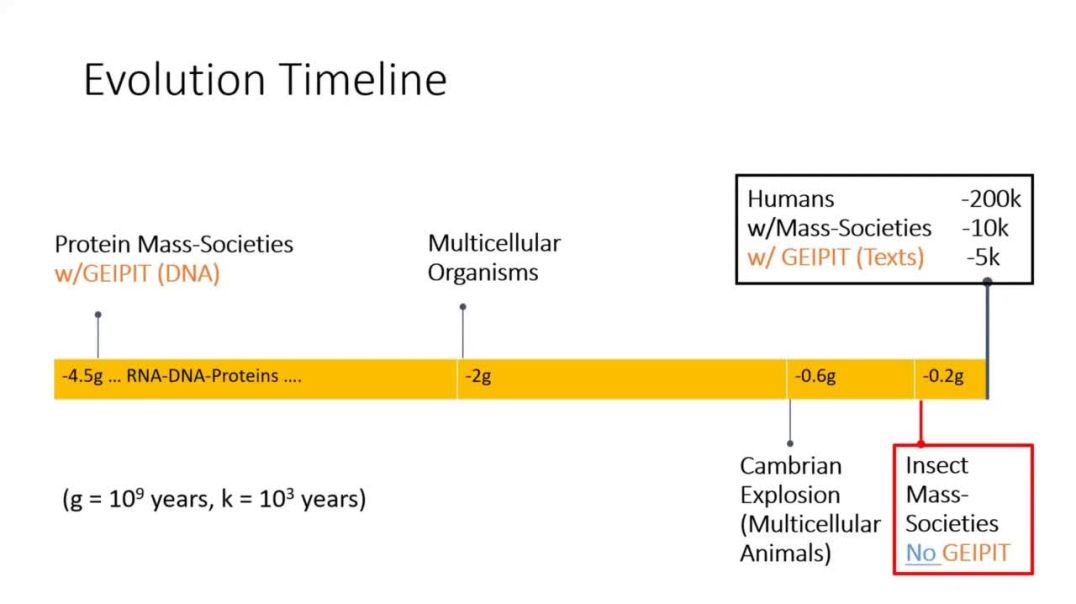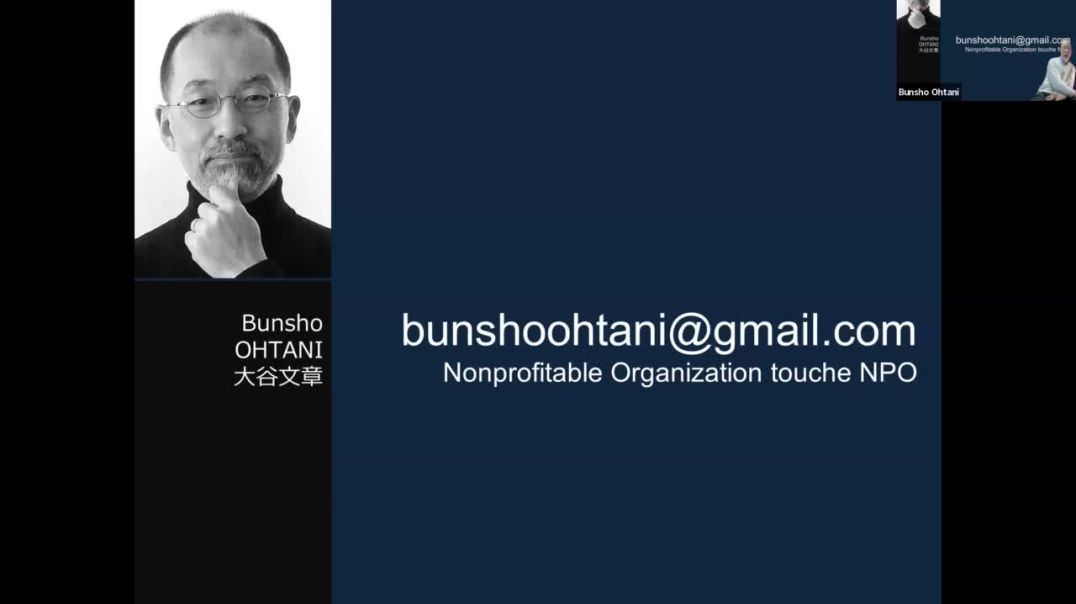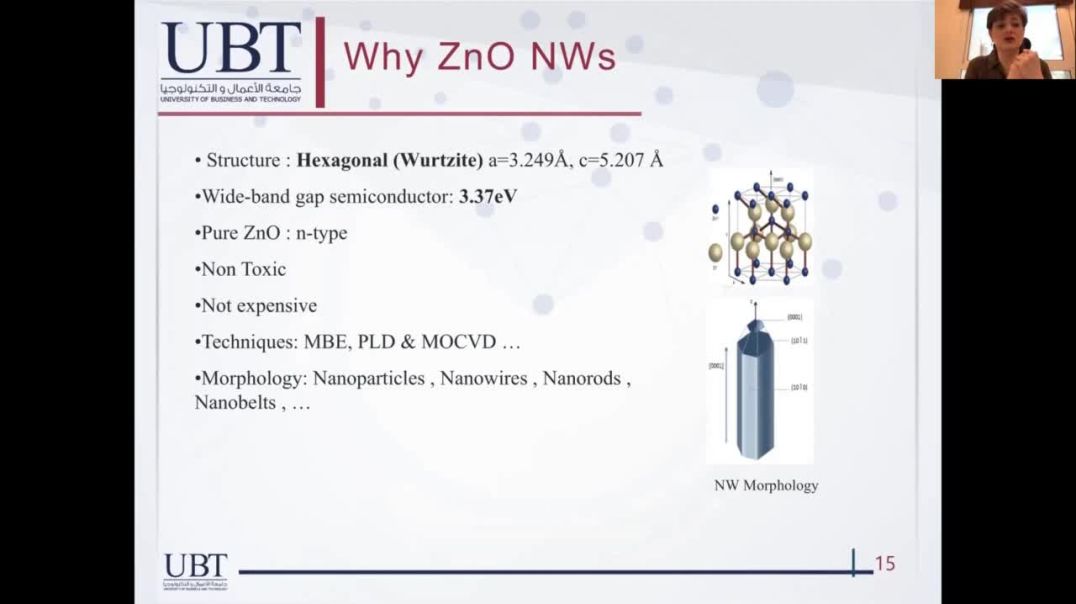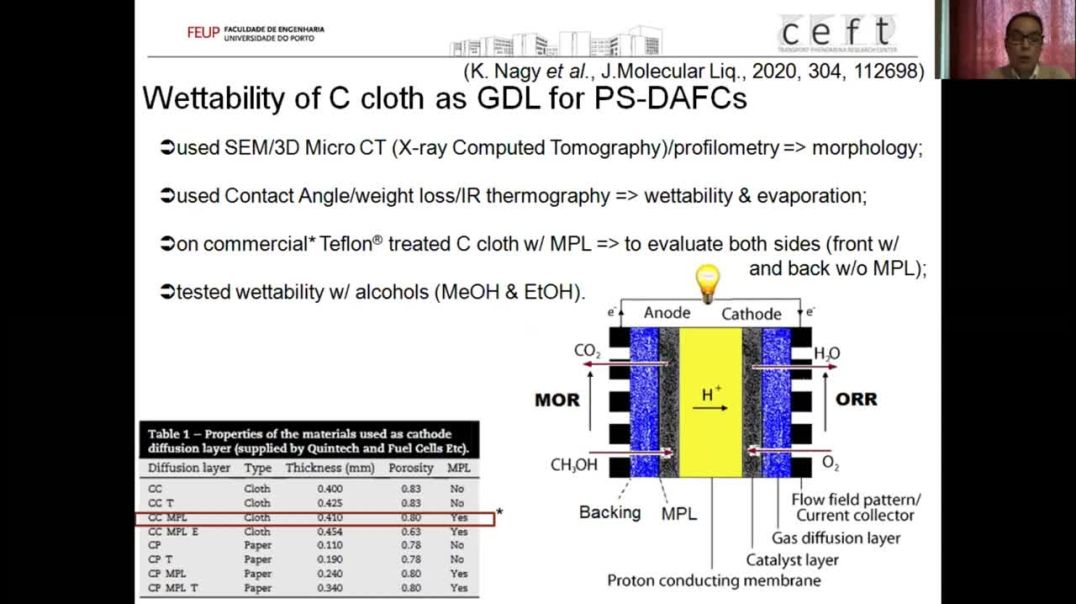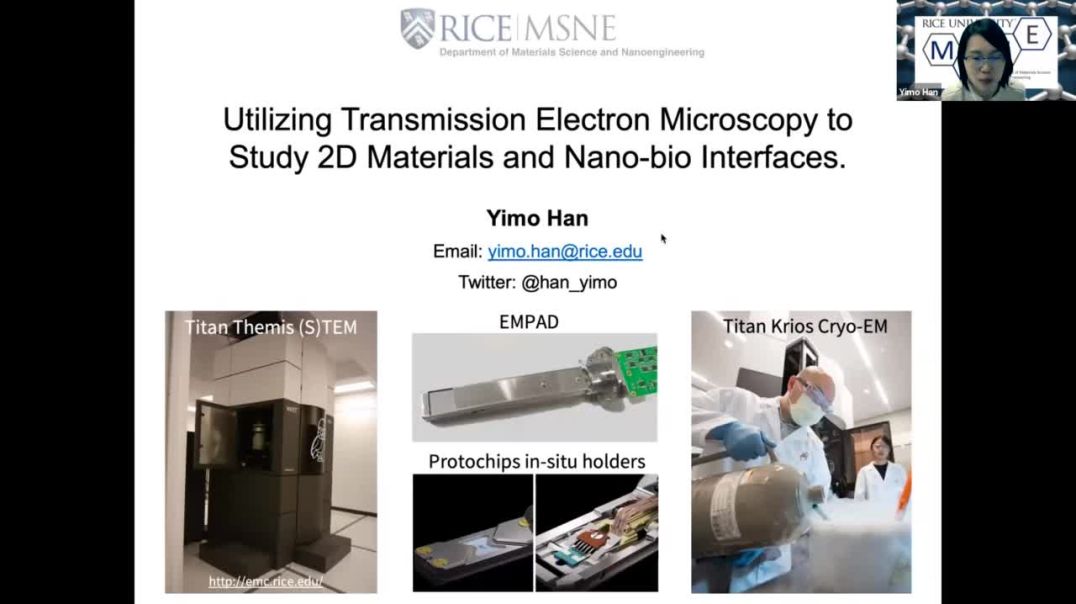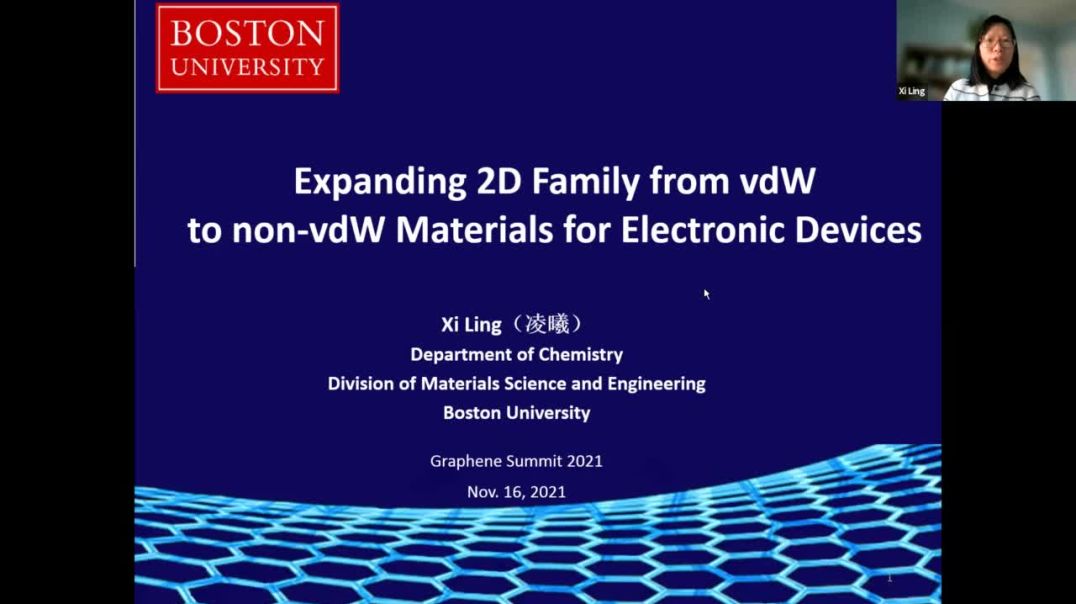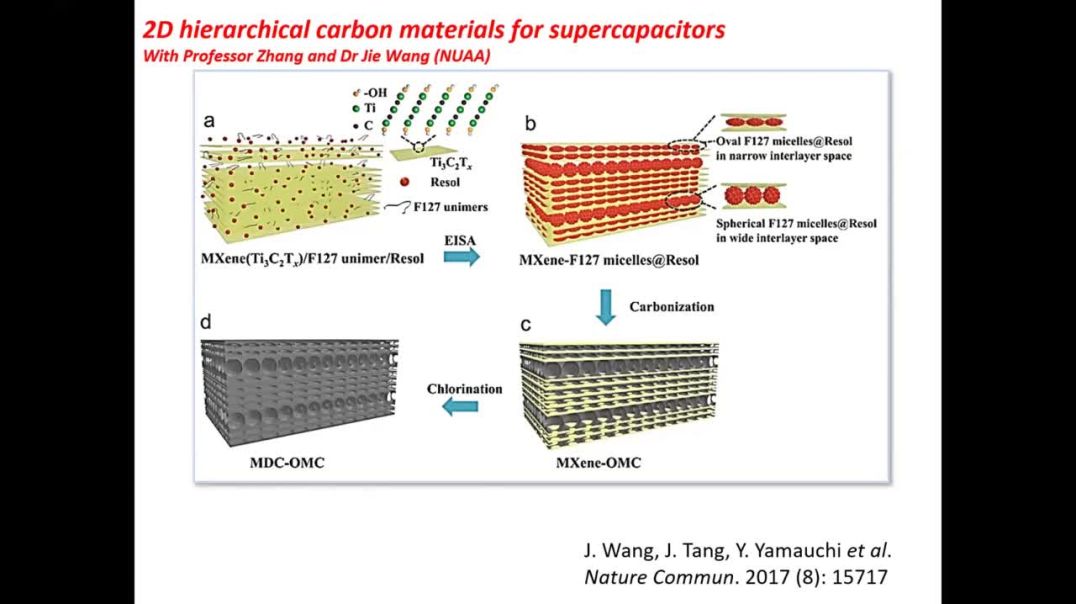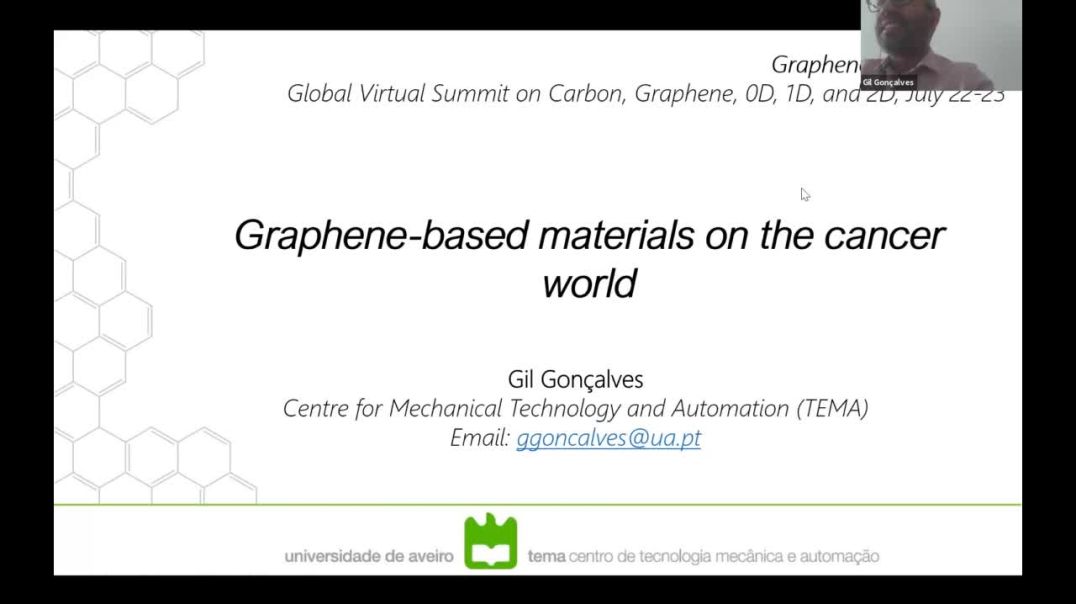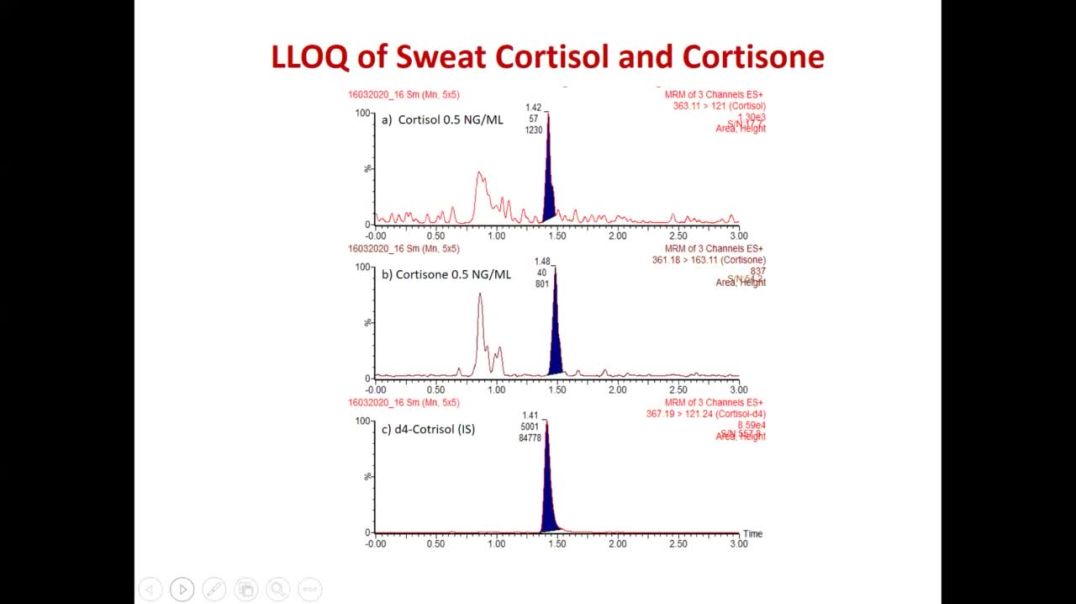Materials and Culture from Cells to Human Mass-societies | Magnus S
Summary ;
This paper concerns the sudden advent of unique bio-mathematical self-similarity across >9 orders of magnitude based on T-patterns; self-similar patterns repeated with significant translation symmetry in the temporal structure of neuronal, animal, and human behavior and in information molecules and texts, unique self-similarity arising in an eyeblink after half a billion years of evolution in multicellular life, that is, between unicellular life and modern masssocieties, between the mass-societies of proteins in cells and human mass-societies; themselves composed of cells. This project began in the 1970’s much inspired by N. Tinbergen, K. Lorenz, and K. von Frisch’s research on animal and human social behavior winning the Nobel Prize in Physiology or Medicine in 1973, the first in the biology of behavior, Ethology. Insects were then the smallest animals studied and none were components of the others, no nanoscale actors nor self-similarity. Billions of years ago, the RNA world invented extra individual purely informational T-strings, DNA, and soon there was only the DNA world of DNA based mass-social proteins (cells). Billions of years later in a multicellular world, humans invented extra individual purely informational T-strings – TEXT, and now nearly all human life is TEXT-based and masssocial, unique self-similarity allowing in an eye blink the advent of modern science, and technology. -- DNA has nano scale elements, but TEXT can be of any scale.
About Author :
Magnus S. Magnusson, PhD, Emeritus Research Professor, founder, and director of the Human Behavior Laboratory (hbl.hi.is), School of Health Sciences, University of Iceland. Author of the T-system, detection algorithms and software THEMETM (PatternVision. com), initially focusing on real-time organization of behavior. Co-directed of two-year project “DNA analysis with Theme”. Keynotes in biology, neuroscience, mathematics, science of religion, proteomics, A.I., robotics and nanoscience. Associate Professor and Deputy Director 1983-1988 in the Museum of Mankind of the French National Museum of Natural History, Paris. Repeatedly, invited Professor at the University of Paris V, VIII & XIII. Now works in formal collaboration between 32 European and American universities initiated 1995 at the University Rene Descartes of Paris V, Sorbonne, based on “Magnusson’s analytical model”.
